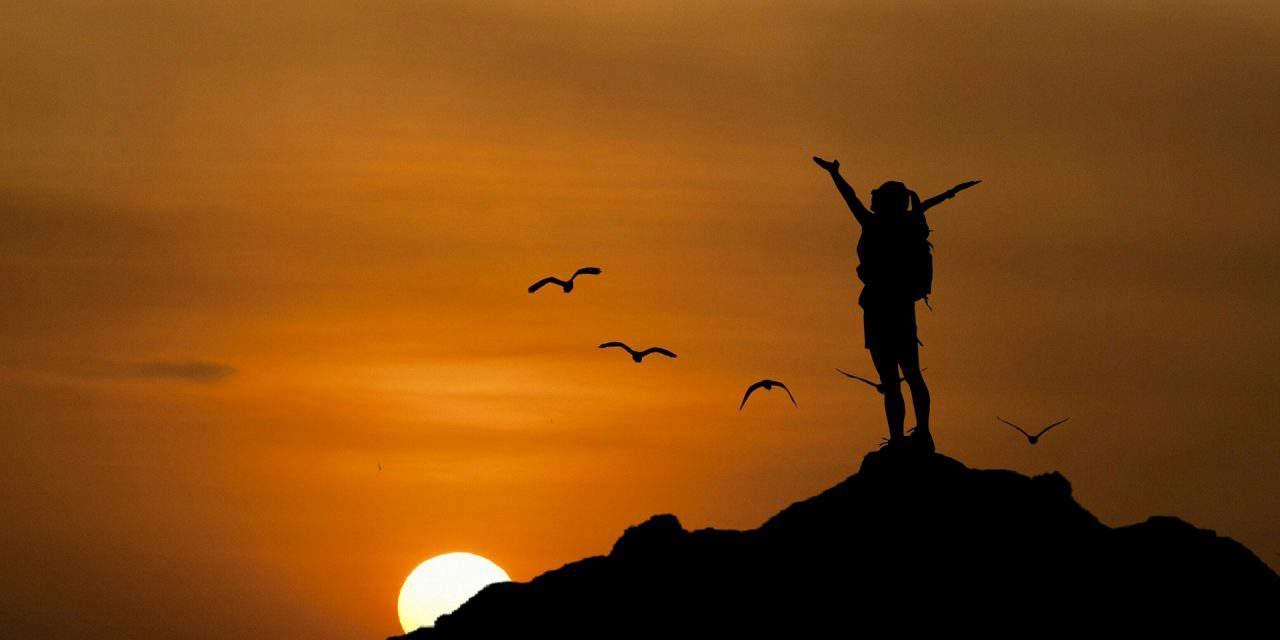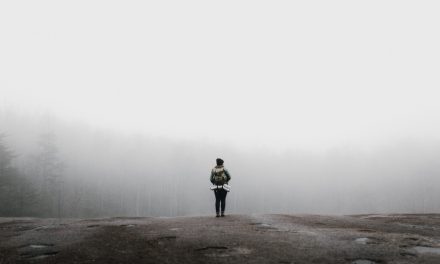When the sun goes down and the moon comes up, you don’t have to let it ruin your outdoor fun. Night hiking provides a new perspective of the scenery, a break from the intense summer heat, and a vibrant, intense connection to the outdoors. However, a trip can easily crumble if you find yourself unprepared. We’ve put together a few tips to make sure you’re not only getting the most of your night hike but that you’re safe as well.
Stick With A Familiar Trail
For obvious reasons, staying on the trail when night hiking can prevent you from ending up in any number of dangerous situations. You should keep your wanderlust at bay if you’re planning a night hike. Keep to a trail you’ve trodden before. You’ll know the terrain and avoid injury or getting lost.
It will also allow you to potentially favorite trail in a new way. Seeing new nocturnal animals, moonlit still waters, and potentially nocturnal flowers should quell your adventurous urges. But if you’re still wanting to try out a new trail, be sure to run through it a few times in daylight. Take 15 minutes or a half hour to see if it’s an experience you want to repeat. You don’t want to travel 2 hours down a trail only to realize that you’re not enjoying the experience at all.
Staying with the existing trail helps to maintain the natural integrity of the area you’ve come to enjoy. While going off the path less travel may be a fun opportunity, you could be disrupting the natural state of the plants and animals that live there. Napping in a meadow may not be a big deal to you, you could be disrupting an animal’s hunt for food or shelter from a predator.
Be Prepared
Don’t attempt to use new gear or equipment on a night hike. During an emergency, trying to figure out new equipment could mean the difference between life and death. Even if it just slows you down, it can be frustrating and potentially dangerous. Make sure you test all your equipment before heading out on the trail. Make sure to bring extra layers. As the sun goes down, so will the temperature. Be sure to bring a pack of supplies, and maybe a few extras so you’re prepared in an emergency.
While you’re safe at home, it’s best to research the potential wildlife you might encounter while hiking at night. There will be several animals that you’ve never interacted with during the day, but they might be animals you’ve never seen in person before either. You’ll need to know what to do if you run across a dangerous animal in the dark.
As you would with any hike, make sure to pack sufficient water and food. Medical supplies are a must. Be sure to pack any prescription medication if any are necessary. Bandages, disinfectant, and instant cold packs are necessary. Make sure to keep your phone fully charged in case of an emergency.
Go in Groups
There is safety in numbers, as the saying goes. Turning your hike into a social outing will not only save your hike from being lonely, but will also prevent a feral animal mistaking you for an all-you-can-eat buffet. The more people around you, the more luck you’ll have in regards to safety gear, food, and having a support system.
Some cities and counties have organized group hike nights. Check with local hiking clubs you may know of to see if there are any in your area. If you really want a solo mission, let someone you know where you’re headed.
Slow Down and Be Observant
No light makes terrain harder to navigate, even on the most familiar track. Roots, rocks, and potholes can come out of nowhere, as well as some nighttime creatures you’re unfamiliar with. It’s a lot easier to get turned around in the dark, be sure to watch for trail markers and turns. Intentionally leaving the trail can be done safely, as long as you pay attention to your surroundings and be attentive to changes.
You can add an extra layer of protection by incorporating reflective clothing. This makes you easier to spot in the dark and will let your group be able to find you. It will also dissuade animals from attacking you or cars running you over on the way back. Reflective clothing is also good for having a smaller light source in a desperate situation.
Bring Lights and Prepare To Adjust To The Dark
This might seem obvious, but be sure to either bring lights or be prepared to adjust to the darkness. Flashlights may get the job done, however, headlamps are superior as you don’t need to carry them, and they offer all-around light rather than the narrow stream of light a flashlight provides.
Be sure to work out a system with your ground in regards to the use of headlamps, as you can ruin someone else’s night vision. Night vision takes time to regain, about 30-45 minutes. Attempt to begin your hike without your headlamp to allow your eyes to adjust before making your journey. Relying on your headlamp may ruin the experience for you and other people.
Because it can be harder to find things buried in your pack at night, it’s important to keep your pack organized. Keep your important items like your water bottle, food, and any medical supplies in an easy-to-reach place so you won’t have to turn on your headlamp.
Be Mindful
Alongside being observant, be sure to practice mindfulness when you’re on the trail. Don’t disrupt a wild animal’s nightly routine. By being hyper-vigilant of your surroundings, wildlife may be more active at night. If they spot or smell an intruder, they may attack.
Never shine your light directly at an animal, and never get too close. Admire them at a distance. Do you know the feeling of staring directly into a flashlight? Imagine have photosensitive eyes and that flash coming out of nowhere. The feeling is equivalent to staring at the sun with binoculars. This is what happens when you shine your lights directly onto owls or any other majestic wildlife you want to get a better look at. Keep this mind as you travel.
Plan According to the Lunar Cycle and Weather.
Be sure to plan your hike on a night where the moon is fully visible. Not only does it offer an amazing view, but also offers an alternative, natural light source. Check the local weather before heading out. Sight is a valuable sense at night. Cloud, fog, and rain could all reduce sight, so be sure to double-check before your venture. Be prepared to adjust your plans in case of inclement weather. Be sure to bring a lighter, as temperatures will drop and you may need to build a fire or a small torch.
Picking the Right Location
Night hiking is possible nearly everywhere. Your perfect location depends on what experience you’re wanting. Areas with lots of “reflective” surfaces such as light-colored rocks and still water ponds are great for stargazing. Heavily wooded areas such as forests give the opportunity for exploration and seeing numerous wildlife. Hills offer more challenging terrain and a sense of accomplishment.
Choose one based on your interests and also your skill level. If you’re just a beginner at hiking, it would be best for you to start on a level, flat land rather than a hillside. Be sure to ask other hikers in your area if they have any experience on a trail, and asses their skill level compared to yours. Make sure that your group also agrees on a place, and that you all share a similar skill level. No one wants to babysit or feel on unequal footing with the others on their team.
If you’re headed to a city or state park for your night hike, be aware that some parks are closed after dark. Always check operating hours. The place where you hike should be safe after dark too. A local city park might not be the best place to hike alone. It’s best not to unintentionally add danger to your trip.
Have Fun!
Night hiking provides an excellent opportunity to look at the stars, and enjoy a new perspective of nature and the world around you. It can be empowering to be “alone” in the deep dark woods, with just your group and your supplies to rely on. The challenge can strengthen friend groups, give you a sense of fulfillment, and allow you to have a better relationship within nature.
When heading out for a night hike be sure to keep these rules in mind. Put safety first. Be prepared, stay attentive, and always respect your surroundings. It’s best if you leave the site in the same way you left it, undisturbed. Have fun, enjoy the sounds and sights of your favorite trail at night, and be sure to practice mindfulness at all times. Don’t leave team members behind and always communicate with your group.
- Tent Fabrics, the Ultimate Breakdown - November 19, 2022
- Don’t Go Camping Alone Before Reading This - November 18, 2022
- The 5 Best Camping Radios For 2021 - June 2, 2020






